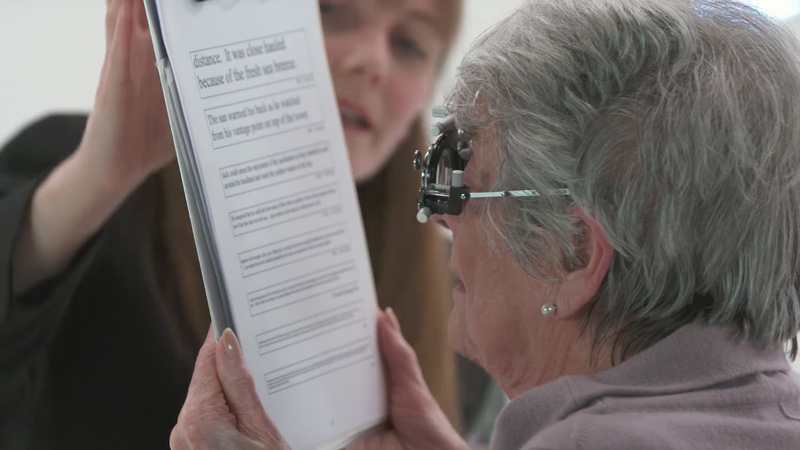
Over the summer we ran an article looking at the role of support services in helping those with a visual impairment (Optician 08/10/18) written by a rehabilitation worker. One main theme was that there is a wide range of help out there for those with a visual impairment, including optical aids but also embracing help around the home and with mobility, lighting advice, contact with support charities and member organisations and advice specific to any number of individual causes of sight loss.
Some of the key points discussed included:
- The majority of low vision patients are elderly and the most likely visual impairment is central vision loss
- The commonest reported visual disability is problems with reading
- A significant percentage of patients attending for a low vision assessment may be suffering from clinical depression which needs to be addressed if a successful management plan is to be introduced and followed
- A full history and symptoms needs to gauge patient motivation to use their existing sight and to build a picture, not only of their visual needs and demands, but also of their social status, such as whether they live alone or have any existing support network
- Certification to be registered as sight or severe sight impaired offers some financial help, though much of the support that a low vision practitioner and allied professionals may offer should be available irrespective of registration
- The Low Vision Leaflet or LVL has superseded the Letter of Visual Impairment (LVI).
- The LVL can be given by optometrists to any patient they feel would benefit from contact with the Sensory Impairment Team at Social Services. The patient can then complete the leaflet and send it to the Sensory Impairment Team themselves.
- Optometrists in both community and hospital practice can also make a referral to Social Services using an RVI (Referral of Visual Impairment).
- This may be useful for patients that are either not eligible or have declined registration at the present time or who have not seen an ophthalmologist that are struggling with day to day life due to a sight impairment.
- Certification of suitability for registration as sight or severe sight impaired depends on the completion of a Certificate of Visual Impairment (CVI) by a consultant ophthalmologist
- Most councils have excellent day centres (most with multilingual staff) and offer a range of courses and IT training particularly useful for older people.
- The Care Act values social inclusion, and a lot of effort is put into linking people with various charities, for befriending services for instance.
- The Guide Dogs for the Blind Association has its MyGuide scheme, to take people out and about, or teach friends and families how to sight-guide properly.
- The Pocklington Trust has set up many support groups (face-to-face or via email and online forums), Blind Sports aims to keep people active. Age UK, BlindAid, Deafblind UK, the Royal Society of Blind Children all have befrienders and organise events. Some offer grants too.
- There are many charities that specialise in various eye conditions: The Macular Society, the Glaucoma Association, RP Fighting Blindness, LOOK UK for Children & Families, the Stroke Association, to name a few.
- The RNIB Helpline is really good at offering suggestions.
INTERACTIVE EXERCISE
The article (along with a useful resource pack which can be downloaded for free from the Visualise group at: www.visualisetrainingandconsultancy.com/resource-pack-health-pros) is available as source material for this exercise and it is important to read it through – there are a new set of multiple choice questions to be completed, to check understanding of the material, before undertaking the interactive exercise. The exercise involves finding out suitable help for a patient attending your practice with a visual impairment and with specific stated needs.
Once you have read through the source material, please attempt the 6 multiple choice questions
